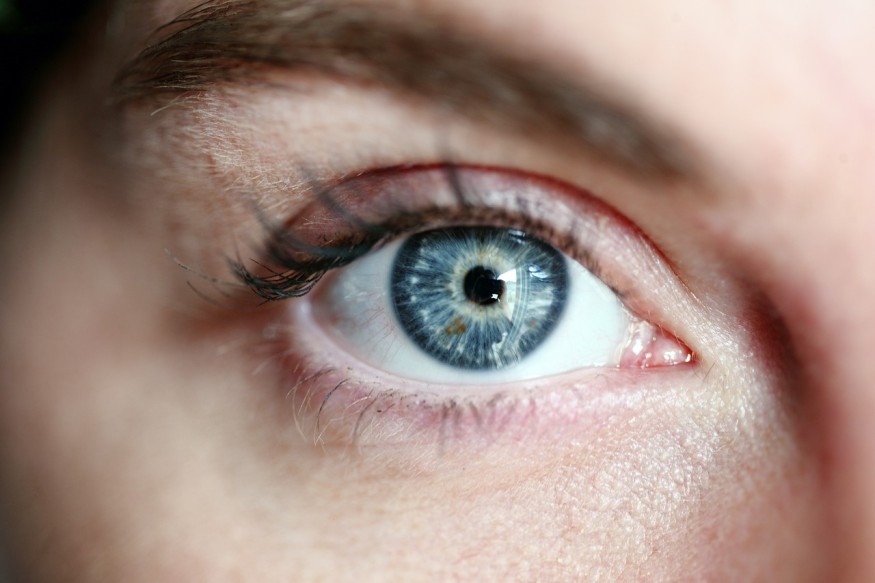Scientists have discovered a technique to manufacture eye tissue using stem cells and 3D printing, which might lead to advancements in treating various degenerative eye disorders, MailOnline reported.
Under the National Institutes of Health, the National Eye Institute (NEI) created a combination of cells that constitute the outer blood-retina barrier, which is an eye tissue that supports the light-sensing photoreceptors of the retina. They used 3D printing to investigate degenerative eye diseases, like age-related macular degeneration (AMD), and use it to know how to treat or cure these diseases.

3D Bioprinting to Produce Eye Tissue
Kapil Bharti, Ph.D., the head of the NEI Section on Ocular and Stem Cell Translational Research, said AMD starts in the outer blood-retina barrier. But mechanisms of AMD initiation and progression to dry and wet stages remain poorly understood because of the lack of human models.
Co-author Marc Ferrer said their collaborative efforts resulted in relevant retina tissue models of degenerative eye diseases. It would have many potential uses in translational applications, such as therapeutical development.
Bharti and colleagues used a hydrogel to mix three immature choroidal cell types, important components of capillaries, and fibroblasts, which give tissues shape., namely the pericytes and endothelial cells. The gel was then printed on a biodegradable scaffold, and the cells grew into a dense capillary network within a few days.
By day nine, the scientists implanted retinal pigment epithelial cells on the other side of the scaffold. The tissue attained complete maturity a little over a month later. According to the researchers' study and testing, the printed tissue appeared and behaved similarly to the native outer blood-retina barrier.
The printed tissue displayed early AMD patterns, such as drusen deposits underneath the RPE, under induced stress and progressed to late dry-stage AMD.
Bharti explained that they are facilitating the exchange of cellular cues needed for the normal outer blood-retina barrier by 3D printing cells. "For example, the presence of RPE cells induces gene expression changes in fibroblasts that contribute to the formation of Bruch's membrane - something that was suggested many years ago but wasn't proven until our model," MailOnline quoted Bharti.
They published their findings in the journal Nature Methods.
What Is AMD?
According to the American Academy of Ophthalmology, people with AMD lose their central vision, making it harder to see in fine detail. AMD is a common condition and the leading cause of vision loss in the past 50 years.
There are two types of AMD: dry and wet AMD. Dry AMD is quite common; about 80% of people have this form. It happens when parts of the macula get thinner with age and tiny clumps of protein known as drusen grow. Patients gradually lose central vision, and there is no way to treat this condition.
On the other hand, wet AMD is less common but more serious. It happens when new, abnormal blood vessels grow under the retina and leak blood or other fluids, scarring the macula. Many people do not realize they have AMD until their vision is blurry.
RELATED ARTICLE : 3D Printed Human Organs: One Step Closer to Reality as Researchers Develop 3D Printable Bioink
Check out more news and information on 3D Bioprinting in Science Times.
© 2026 ScienceTimes.com All rights reserved. Do not reproduce without permission. The window to the world of Science Times.











